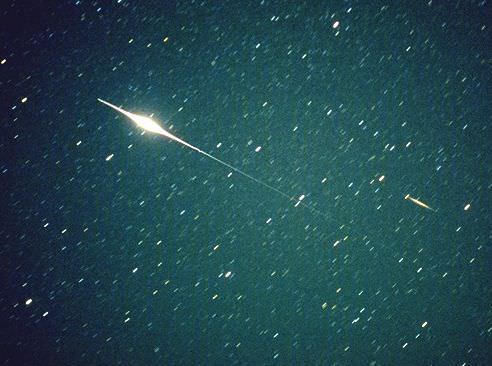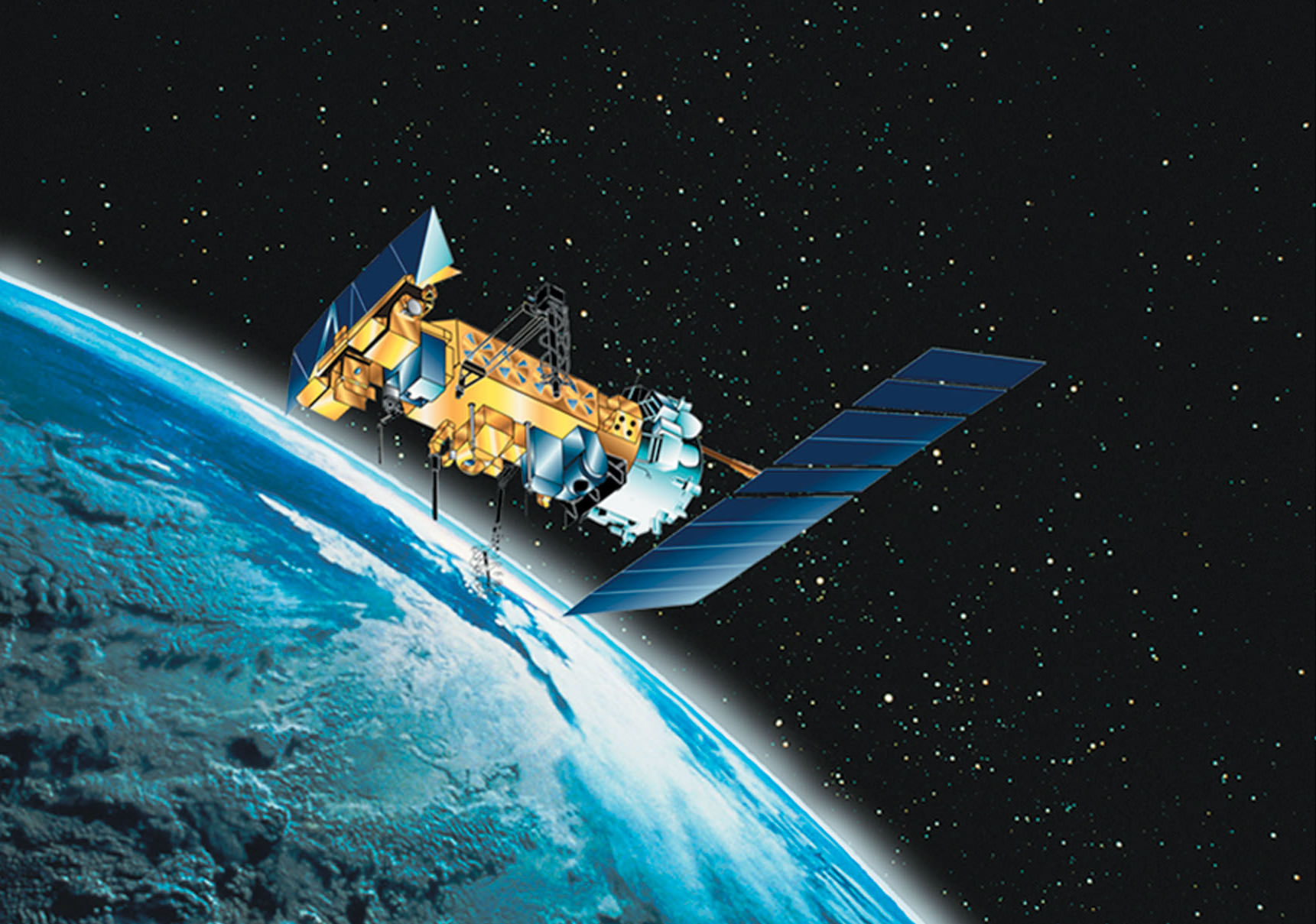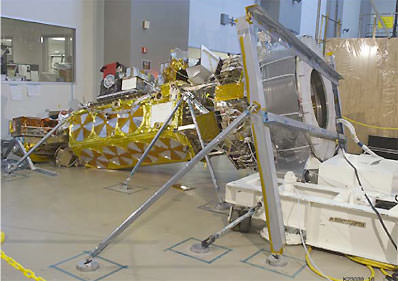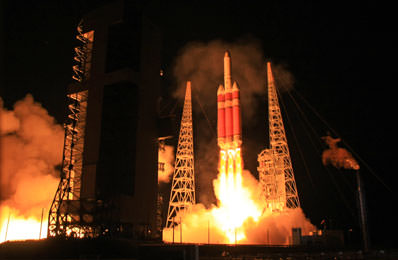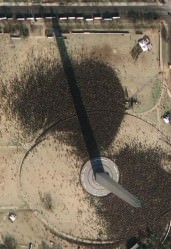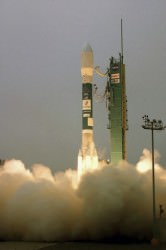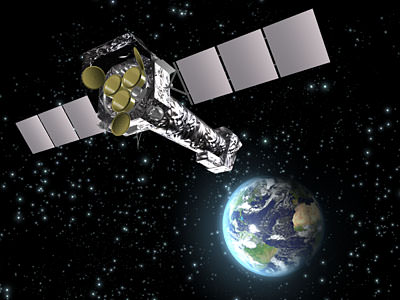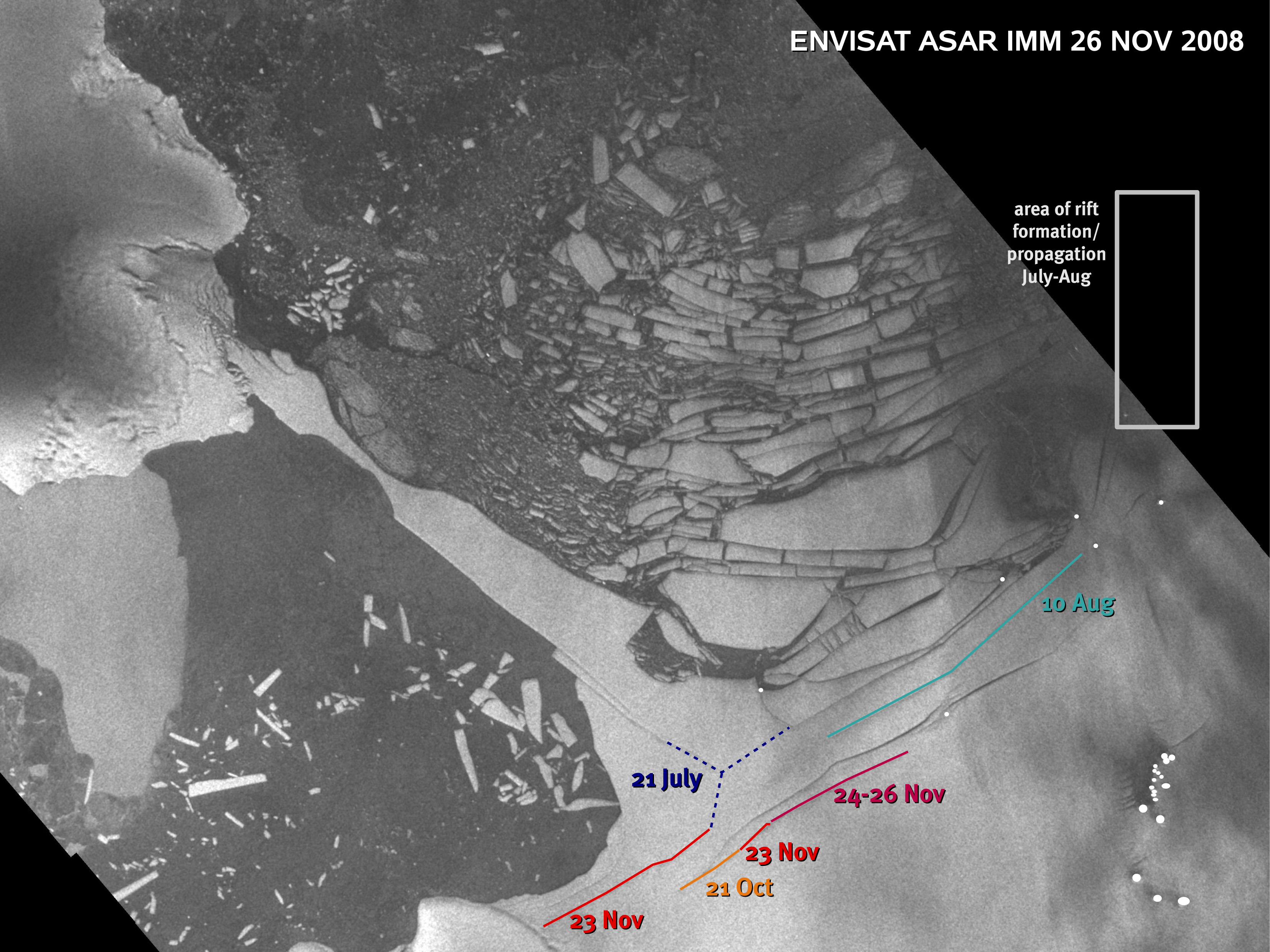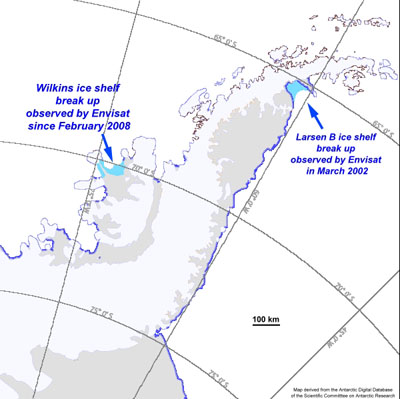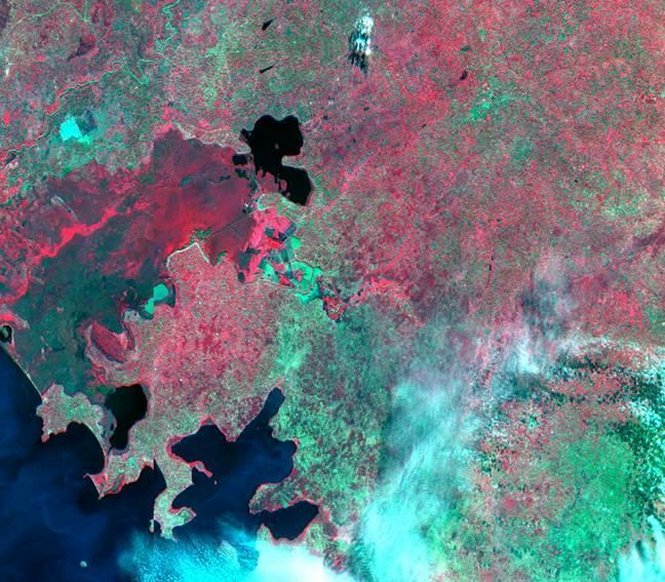[/caption]
If you enjoy satellite spotting and are a fan of the social networking mini-feed Twitter here’s something just for you. Robert Simpson at Orbiting Frog has created a Twitter feed that reports upcoming visible transits of interesting objects orbiting over several cities in the world, such as Amsterdam, Belfast, Chicago, Hong Kong, Honolulu, Moscow, New York, Paris, Rome, San Francisco, Sydney, and Vancouver. And he is willing to take requests for creating feeds for cities all over the planet. Rob creates the feeds with data from the Heaven’s Above website to determine when the International Space Station (ISS) and Hubble will be visible in the relevant location. When an overhead pass approaches a certain location, an alert appears on the Twitter feed. You will get 30-45 minutes warning on the sighting opportunity. So, if you’re a Twitter-aholic like me, check out Orbiting Frog’s website.
What’s really great is that the Tweet alerts only appear when the weather in your location is good enough to allow the transit to be seen. The weather data comes from Yahoo! Weather. Each Tweet provides information on the magnitude and elevation of the orbiting object so you’ll know where to look (and how hard you have to squint to see it!)
Rob says if you live within 20 miles of one of these cities, the data in the feed will still be correct for your location. Within 50 miles of one of these cities then the data will still be only a minute out in most cases.
To make a request for adding a particular city, check out Orbiting Frog.
Rob also has info on how to subscribe to an RSS feed for the same info if you’re not into Twitter. But, personally, I think Twitter is going to take over the universe, and resistance is futile, so you might as well join in.
Once again, here’s the Orbiting Frog website page on Over Twitter. Enjoy!

